Home>Furniture>Kitchen Furniture>How To Use Dacor Induction Cooktop
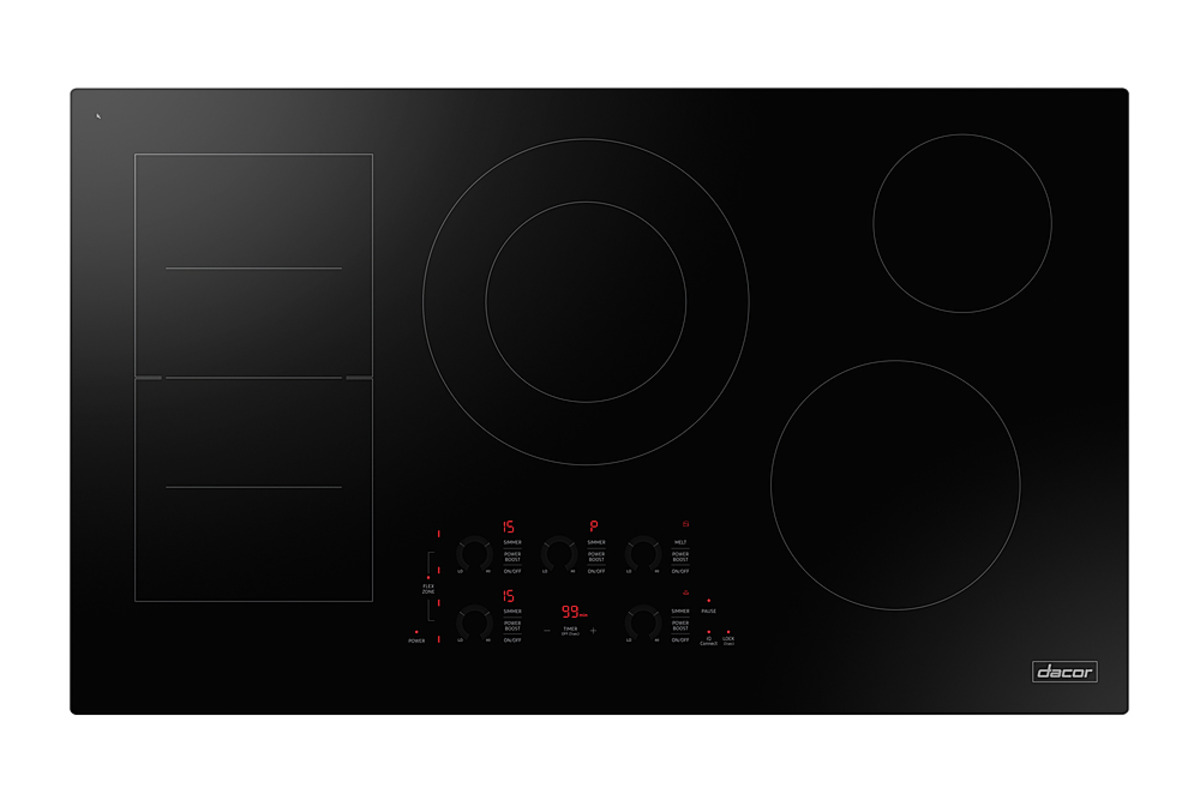

Kitchen Furniture
How To Use Dacor Induction Cooktop
Modified: February 29, 2024
Discover helpful articles on how to use your Dacor induction cooktop, with step-by-step guides and expert tips. Enhance your cooking experience today!
(Many of the links in this article redirect to a specific reviewed product. Your purchase of these products through affiliate links helps to generate commission for Storables.com, at no extra cost. Learn more)
Introduction
Welcome to our guide on how to use the Dacor Induction Cooktop. Whether you’re an experienced chef or just starting out in the kitchen, this state-of-the-art cooktop offers a range of innovative features that will take your cooking skills to the next level. With precise temperature control and fast heating capabilities, the Dacor Induction Cooktop provides a safe, efficient, and enjoyable cooking experience.
In this article, we will walk you through the various functions and settings of the Dacor Induction Cooktop, ensuring that you are able to make the most of this advanced appliance. From safety precautions to cleaning tips, we’ll cover everything you need to know to become a master of induction cooking.
Before we delve into the specifics, it’s important to understand the basic principles of induction cooking. Unlike traditional gas or electric cooktops, induction cooktops use electromagnetic fields to heat cookware directly. This results in faster cooking times, precise temperature control, and increased energy efficiency. Induction cooking also provides a safe cooking surface, as the cooktop itself remains cool to the touch, reducing the risk of burns and accidents.
Now that you have a general understanding of induction cooking, let’s explore the Dacor Induction Cooktop in more detail. Whether you’re interested in its power settings, timer functions, or cleaning requirements, we have you covered. So, let’s get started and unlock the full potential of your Dacor Induction Cooktop!
Key Takeaways:
- Master the Dacor Induction Cooktop by following safety precautions, utilizing power settings, and understanding different cooking zones. Enhance your culinary skills with precise temperature control and efficient cooking.
- Keep your Dacor Induction Cooktop in top condition with proper cleaning and maintenance. Troubleshoot common issues to ensure smooth operation and enjoy the benefits of this state-of-the-art appliance.
Read more: How To Use The Bosch Induction Cooktop
Safety Precautions
When using the Dacor Induction Cooktop, it’s important to follow these safety precautions to ensure a safe and enjoyable cooking experience:
- Read the User Manual: Before using the cooktop for the first time, thoroughly read the user manual provided by Dacor. This will familiarize you with the specific safety guidelines and operating instructions for your model.
- Use Cookware Designed for Induction Cooking: The Dacor Induction Cooktop requires the use of induction-compatible cookware. Look for cookware with a magnetic base, such as stainless steel or cast iron, to ensure proper heating and efficient cooking.
- Avoid Placing Unauthorized Items on the Cooktop: Only place cookware on the induction cooktop. Avoid placing utensils, towels, or other non-cooking items on the surface, as they can become hot and cause burns.
- Keep the Cooktop Surface Clean and Dry: Before each use, ensure that the cooktop surface is clean and dry. Any food debris or liquid spills can interfere with the operation and efficiency of the induction elements.
- Do Not Operate the Cooktop with Wet Hands: Always ensure that your hands are dry before operating the cooktop. Moisture can cause electric shock or damage to the control panel.
- Do Not Leave the Cooktop Unattended: While cooking, do not leave the cooktop unattended. Keep a close eye on the cooking process and be ready to respond if any emergencies arise.
- Use Proper Ventilation: Ensure that your kitchen has proper ventilation to prevent the buildup of heat and gases. Use the cooktop’s ventilation system, or open nearby windows or doors to allow fresh air to circulate.
- Keep Flammable Items Away: Keep flammable items, such as paper towels, wooden utensils, or curtains, away from the cooktop. Induction cooking generates intense heat and can pose a fire hazard if proper precautions are not taken.
- Use Oven Mitts or Heat-Resistant Gloves: When handling hot cookware or reaching over the cooktop, always use oven mitts or heat-resistant gloves to prevent burns.
- Unplug the Cooktop When Not in Use: When not in use, unplug the cooktop from the power source to minimize the risk of accidental activation or tampering.
By adhering to these safety precautions, you can ensure a safe and worry-free cooking experience with your Dacor Induction Cooktop. It’s always better to prioritize safety and take the necessary steps to protect yourself and your kitchen.
Controls and Display
The Dacor Induction Cooktop features intuitive controls and a user-friendly display, allowing you to easily navigate through its various functions. Here’s a breakdown of the key controls and their functions:
- Power Button: This button turns the cooktop on and off. Press and hold the power button for a few seconds to toggle the cooktop’s power.
- Touch Control Panel: The touch control panel is where you can adjust settings such as temperature, timer, and power levels. Simply touch the corresponding buttons to make your desired adjustments.
- Power Level Selector: Use the power level selector to adjust the heat intensity of the cooking zones. You can choose from multiple power levels to suit your cooking needs.
- Timer Function: The timer function allows you to set a specific cooking time for each cooking zone. Once the set time elapses, the cooktop will automatically shut off.
- Lock Function: The lock function prevents accidental changes to the cooktop settings. To activate the lock, press and hold the lock button for a few seconds. Repeat the same process to unlock the cooktop.
- Cooking Zone Indicators: The cooktop display consists of different cooking zone indicators. Each indicator corresponds to a specific cooking zone, allowing you to easily identify and control the heat settings of individual zones.
- Hot Surface Indicator: The hot surface indicator alerts you when the cooktop surface is still hot after use. This helps prevent accidental burns and ensures your safety in the kitchen.
To operate the Dacor Induction Cooktop, simply touch the desired cooking zone indicator and adjust the power level using the power level selector. You can also set the desired cooking time using the timer function, which will automatically shut off the cooktop when the specified time has elapsed. The intuitive touch controls and clear display make it easy and convenient to use the cooktop for all your cooking needs.
It’s important to note that the exact layout and features of the controls and display may vary slightly depending on the model of the Dacor Induction Cooktop you own. Refer to the user manual for your specific model to familiarize yourself with its unique features and functionalities.
Now that you’re familiar with the controls and display of the Dacor Induction Cooktop, let’s move on to exploring the different power settings and how to maximize their usage for efficient cooking.
Power Settings
The Dacor Induction Cooktop offers a range of power settings that allow you to customize the heat intensity and achieve precise cooking temperatures. Understanding and utilizing these power settings will enhance your culinary experience. Here’s an overview of the power settings available on the Dacor Induction Cooktop:
- Low Power: This setting is ideal for simmering delicate sauces, melting chocolate, or keeping cooked foods warm. It provides gentle heat without the risk of overheating or burning your ingredients.
- Medium Power: The medium power setting is suitable for general cooking tasks such as sautéing vegetables, frying, or boiling water. It offers a balanced level of heat, ensuring efficient and consistent cooking results.
- High Power: The high power setting is perfect for searing meat, rapidly boiling water, or achieving a quick and intense heat for stir-frying. It delivers instant and powerful heat to cook your favorite dishes in no time.
- Power Boost: Some models of the Dacor Induction Cooktop feature a power boost function that provides an extra burst of power to quickly bring the cooking zone to its maximum heat level. This is useful when you need rapid heating for tasks like boiling pasta or searing a steak.
To adjust the power settings, simply touch the corresponding power level selector on the touch control panel. Most models allow you to choose from a range of power levels, giving you precise control over the heat intensity. Experiment with different power settings to find the perfect balance for each cooking task.
It’s important to note that each cooking zone on the Dacor Induction Cooktop can have independent power settings. This means you can have different heat levels and power settings across multiple cooking zones simultaneously, allowing you to multitask and cook various dishes at the same time.
By utilizing the power settings of the Dacor Induction Cooktop, you can achieve the desired cooking results with precision and efficiency. Whether you need low and gentle heat or high and intense heat, the cooktop offers a range of power options to match your culinary needs.
Next, we will explore the power boost function in more detail and discuss how you can make the most of this feature to save time and energy in the kitchen.
Using the Power Boost Function
The power boost function on the Dacor Induction Cooktop is a powerful feature that provides an extra burst of heat for rapid cooking. This function can be particularly useful when you want to quickly bring a pot of water to a boil, sear meat, or achieve a rapid heat increase for stir-frying. Here’s how to make the most of the power boost function:
- Start by placing the induction-compatible cookware on the desired cooking zone. Ensure that the cookware is centered and stable on the surface.
- Press the power boost button for the specific cooking zone you wish to activate the function for. The power boost function can usually be found on the touch control panel.
- The power boost function will immediately provide maximum power to the selected cooking zone, allowing it to reach its maximum heat level in a short period of time.
- Once the desired temperature is reached, you can adjust the power level as needed using the power level selector. The power boost function will remain active until you manually turn it off or reduce the power level.
- Remember to keep a close eye on your cooking when using the power boost function, as the intense heat can cause food to cook more quickly than anticipated. It’s always better to start with a lower power setting and adjust as necessary.
- After you’re done using the power boost function, you can turn it off by pressing the power boost button again or reducing the power level to the desired setting.
The power boost function is a convenient feature that saves time and energy in the kitchen. It allows you to quickly heat up your cookware and get cooking without waiting for the cooktop to reach its maximum temperature. However, it’s important to use this function wisely and adjust the power level as necessary to prevent overcooking or burning your food.
Keep in mind that not all models of the Dacor Induction Cooktop may have the power boost function. Refer to the user manual or product specifications to determine if your specific model offers this feature.
Now that you’re familiar with the power boost function, let’s discuss the important requirements for the cookware you use with the Dacor Induction Cooktop to ensure optimal performance and safety.
Read more: How To Use Summit Induction Cooktop
Induction Cookware Requirements
Using the right cookware is essential for successful induction cooking on the Dacor Induction Cooktop. Unlike traditional gas or electric cooktops, induction cooktops rely on magnetic fields to heat the cookware directly. Therefore, it’s important to ensure that your cookware is compatible with induction cooking. Here are the key requirements for induction cookware:
- Magnetic Base: Induction cooktops require cookware with a magnetic base. The base of the cookware should be made of a magnetic material, such as stainless steel or cast iron. The magnetic field generated by the cooktop interacts with the magnetic base of the cookware, resulting in heat generation. Non-magnetic cookware, such as aluminum or copper, will not work on an induction cooktop.
- Flat and Even Bottom: To ensure efficient heat transfer, the bottom of the cookware should be flat and even. This allows for maximum contact with the induction cooktop surface, resulting in even heat distribution and consistent cooking results.
- Proper Size: The diameter of the cookware should match the size of the cooking zone you are using. If the cookware is too small, it may not fully engage with the magnetic field and might not heat properly. Conversely, if the cookware is too large, it may extend beyond the cooking zone and not receive even heat distribution.
- Thickness: Induction cooking works best with cookware that has a thick and sturdy construction. Thicker cookware allows for better heat retention and prevents hot spots during cooking. It also helps in maintaining a consistent temperature and prevents warping of the cookware over time.
- Quality Materials: Invest in high-quality induction-compatible cookware that is durable and designed to withstand the high temperatures generated by induction cooking. It’s worth choosing cookware with a good heat-conducting core, such as an aluminum or copper core, to ensure efficient heat distribution.
- Handles: Look for cookware with heat-resistant handles that stay cool to the touch while cooking. This will make it easier and safer to handle the cookware during the cooking process.
Before using a new piece of cookware with your Dacor Induction Cooktop, it’s recommended to perform a simple magnet test. Place a magnet on the bottom of the cookware to ensure it is attracted and securely holds onto the magnet. This confirms that the cookware is induction compatible.
By using the right induction cookware, you can maximize the efficiency and performance of your Dacor Induction Cooktop. It ensures even heating, precise temperature control, and optimal cooking results for all your culinary creations.
Now that you know the requirements for induction cookware, let’s move on to exploring the different cooking zones on the Dacor Induction Cooktop and how you can utilize them for versatile cooking.
When using a Dacor induction cooktop, make sure to use cookware with a flat bottom and magnetic properties for best results. Also, always adjust the heat settings carefully as induction cooktops heat up quickly.
Using Different Cooking Zones
The Dacor Induction Cooktop is equipped with multiple cooking zones, each offering a unique size and power level. Understanding how to utilize these different cooking zones will enable you to multitask and cook multiple dishes simultaneously. Here’s a guide on using the different cooking zones effectively:
- Small Cooking Zone: The small cooking zone is perfect for small pots, saucepans, or single-serving dishes. It provides a concentrated heat source, making it ideal for tasks like simmering sauces, melting butter, or heating up leftovers.
- Medium Cooking Zone: The medium cooking zone offers a versatile size and power level suitable for a wide range of cooking tasks. It accommodates medium-sized pots and pans, making it ideal for sautéing vegetables, frying, or boiling water. This zone provides a good balance between power and efficiency.
- Large Cooking Zone: The large cooking zone is designed for bigger pots and pans. It delivers high heat output, making it perfect for searing steaks, stir-frying, or boiling larger quantities of water. With this zone, you can prepare meals in larger quantities or cook more substantial dishes with ease.
- Bridge Elements: Some Dacor Induction Cooktop models offer bridge elements that combine two adjacent cooking zones, creating an extended cooking surface. This feature is especially useful when using rectangular or oblong cookware, such as griddles or grill pans. The bridge elements provide even heat distribution across the entire surface, allowing you to cook larger and more elaborate meals.
When using multiple cooking zones simultaneously, make sure to distribute your cookware evenly across the surface. This will ensure optimal heat transfer and consistent cooking results. You can adjust the power level for each cooking zone depending on the specific cooking requirements of each dish.
It’s important to note that the exact layout and number of cooking zones may vary depending on the model of the Dacor Induction Cooktop you have. Refer to the user manual for your specific model to familiarize yourself with the available cooking zones and their capabilities.
By understanding and utilizing the different cooking zones on the Dacor Induction Cooktop, you can efficiently cook multiple dishes at once, saving time and effort in the kitchen. The versatility and flexibility of these zones enable you to unleash your creativity and prepare a variety of meals with ease.
Next, let’s explore the programming timer functions of the Dacor Induction Cooktop and how they can assist you in precise and convenient cooking.
Programming Timer Functions
The Dacor Induction Cooktop is equipped with convenient timer functions that allow you to set specific cooking times for each cooking zone. These programming timer functions provide precision and convenience, ensuring that your dishes are cooked to perfection. Here’s how to utilize the timer functions on the Dacor Induction Cooktop:
- Setting the Timer: To set the timer for a particular cooking zone, select the desired zone on the touch control panel. Then, use the timer buttons to set the desired cooking time. Some models may have separate buttons for increasing and decreasing the time, while others may have a single button for setting the time directly.
- Adjusting the Timer: If you need to adjust the cooking time during the cooking process, simply press the timer buttons to increase or decrease the set time. This allows you to make real-time adjustments based on the progress of your dish.
- Timer Sound and Notifications: When the set cooking time is complete, the Dacor Induction Cooktop will emit an audible sound or provide a visual notification to alert you. This ensures that you don’t forget about your cooking and helps prevent overcooking or burning of your dishes.
- Using Multiple Timers: Some models of the Dacor Induction Cooktop allow you to set multiple timers simultaneously. This feature is especially useful when cooking multiple dishes that require different cooking times. Each cooking zone can have its own independent timer, allowing you to handle multiple tasks with ease.
- Cancelling or Stopping the Timer: To cancel or stop the timer before it reaches the set time, simply press the cancel or stop button on the touch control panel. This gives you flexibility and control over the cooking process.
The timer functions on the Dacor Induction Cooktop provide convenience and enhance the precision of your cooking. Whether you’re following a recipe that requires specific cooking times or simply want to set a timer to remind you to check on your dish, these functions help you stay organized and ensure optimal cooking results.
It’s worth noting that the exact features and capabilities of the timer functions may vary depending on the model of the Dacor Induction Cooktop you own. Refer to the user manual or product specifications for your specific model to familiarize yourself with the timer options available.
Now that you’re familiar with the timer functions of the Dacor Induction Cooktop, let’s move on to discussing the cleaning and maintenance requirements to keep your cooktop in top condition.
Cleaning and Maintenance
Proper cleaning and maintenance of your Dacor Induction Cooktop not only keep it looking pristine but also ensure its optimal performance and longevity. Here are some essential cleaning and maintenance tips to keep in mind:
- Regular Surface Cleaning: After each use, it’s important to clean the cooktop surface to remove any spills or food residues. Use a soft cloth or sponge with mild detergent and warm water to wipe away any debris. Avoid using abrasive cleaners or scrub brushes, as they can damage the cooktop surface.
- Stovetop Cleaner: Occasionally, you may encounter stubborn stains or cooked-on food on the cooktop surface. In such cases, use a stovetop cleaner specifically designed for induction cooktops. Follow the manufacturer’s instructions and gently scrub the affected area to remove the stains. Rinse thoroughly with water and dry with a clean cloth.
- Control Panel Cleaning: To clean the control panel, use a cloth slightly dampened with water or a mild glass cleaner. Avoid spraying cleaners directly on the control panel to prevent liquid from seeping into the sensitive components. Wipe gently and dry thoroughly to avoid any water or cleaner residue.
- Cookware Compatibility Check: Regularly inspect your induction-compatible cookware for any signs of damage or warping. Damaged cookware can scratch the cooktop surface or produce uneven heat distribution. Replace damaged cookware to ensure optimal cooking results.
- Avoiding Hot Spills: Be cautious when working with hot liquids or foods to prevent spills on the cooktop surface. If a spill occurs, immediately turn off the cooktop and allow it to cool before cleaning. Wipe away the spill using a soft cloth or sponge to avoid any potential damage or staining.
- Preventing Scratches: When moving pots and pans on the cooktop surface, lift them instead of sliding, to prevent scratches. Avoid using rough or abrasive materials that can damage the cooktop. Additionally, protect the surface by placing a trivet or heat-resistant pad under hot cookware when it’s not in use.
- Avoiding Harsh Chemicals: Refrain from using harsh chemicals, abrasive cleaners, or oven cleaners on the cooktop surface, as they can cause damage. Stick to mild or specialized cleaners recommended for induction cooktops and always follow the manufacturer’s instructions.
By following these cleaning and maintenance practices, you can keep your Dacor Induction Cooktop looking and performing its best. Regular care and attention will help preserve its appearance, prevent damage, and ensure safe and efficient cooking.
Now that you know how to properly maintain your cooktop, let’s discuss some troubleshooting tips that can help you address common issues that may arise while using the Dacor Induction Cooktop.
Read more: How To Use Kitchenaid Induction Cooktop
Troubleshooting Tips
While the Dacor Induction Cooktop is designed for smooth and efficient cooking, occasional issues or errors may arise. Here are some troubleshooting tips to help you address common problems:
- Cooktop Not Turning On: If the cooktop does not turn on, ensure that it’s properly plugged into a power source and that the circuit breaker is not tripped. If the issue persists, consult the user manual or contact Dacor’s customer support for assistance.
- Inconsistent Heating: If you notice inconsistent heating or hot spots on the cooktop surface, check that the cookware is flat and the bottom is in full contact with the surface. Adjust the position of the cookware if necessary. Also, make sure the cookware used is induction-compatible and has a suitable magnetic base.
- Error Codes: If the cooktop displays error codes, consult the user manual for the specific meaning of the code and recommended actions to resolve the issue. Error codes may indicate problems with the cooktop’s sensors or controls, and professional assistance may be required.
- Non-Responsive Controls: If the touch controls do not respond or are unresponsive, check for any residue or moisture on the control panel. Clean the panel gently with a soft, dry cloth and ensure your hands are clean and dry when operating the touch controls. If the problem persists, contact Dacor’s customer support.
- Overheating or Auto Shut-Off: The cooktop is designed with built-in safety features to prevent overheating. If the cooktop becomes too hot, it may automatically shut off for safety reasons. Allow the cooktop to cool down before using it again. If the issue continues, ensure that the cooktop’s ventilation is not blocked and that the cookware size matches the cooking zone used.
- Uneven Power Distribution: If you notice uneven power distribution or inconsistent heating across the cooking zones, check for any debris or moisture on the surface of the cooktop or under the cookware. Clean the surface thoroughly and ensure the cookware is centered and in direct contact with the cooking zone.
- Strange Odors or Smoke: If you detect unusual odors or smoke coming from the cooktop, immediately turn it off and disconnect it from the power source. This could indicate a potential electrical issue or a problem with the cookware. Contact Dacor’s customer support for guidance and do not attempt to use the cooktop until the issue is resolved.
If you encounter any issues while using the Dacor Induction Cooktop that cannot be resolved with basic troubleshooting, it’s recommended to contact Dacor’s customer support or consult a professional technician for assistance. They will be able to diagnose the problem accurately and provide the necessary solutions.
By following these troubleshooting tips, you can address common issues and ensure smooth operation of your Dacor Induction Cooktop, allowing you to continue enjoying its benefits for years to come.
Now that we’ve covered troubleshooting tips, let’s summarize what we’ve learned about the Dacor Induction Cooktop and conclude our guide.
Conclusion
Congratulations! You have now gained a comprehensive understanding of how to use and optimize the Dacor Induction Cooktop. From safety precautions to power settings, using different cooking zones, programming timer functions, cleaning and maintenance, and troubleshooting tips, you are equipped with the knowledge needed to make the most of this state-of-the-art appliance.
The Dacor Induction Cooktop offers precise temperature control, fast heating, and a safe cooking surface, making it a remarkable addition to any kitchen. Whether you’re a seasoned chef or just starting your culinary journey, this cooktop’s innovative features will help you unleash your culinary creativity and achieve exceptional cooking results.
Remember to follow the safety precautions outlined in this guide to ensure your well-being and minimize the risk of accidents. Use induction-compatible cookware and familiarize yourself with the controls and display of your specific model for a seamless cooking experience.
By understanding and utilizing the power settings, power boost function, and different cooking zones, you can adapt to various cooking needs and experiment with a wide range of recipes. The timer functions will provide precision and convenience, allowing you to manage multiple dishes with ease.
Maintaining your Dacor Induction Cooktop through regular cleaning and proper care will not only keep it looking its best but also ensure its optimal performance and longevity. And in the unlikely event of any issues, the troubleshooting tips provided will help you address and resolve common problems.
Now, armed with this knowledge, it’s time to step into the kitchen and let your culinary skills shine with the Dacor Induction Cooktop. Prepare delicious meals, experiment with new recipes, and enjoy the benefits of its advanced features. Happy cooking!
Frequently Asked Questions about How To Use Dacor Induction Cooktop
Was this page helpful?
At Storables.com, we guarantee accurate and reliable information. Our content, validated by Expert Board Contributors, is crafted following stringent Editorial Policies. We're committed to providing you with well-researched, expert-backed insights for all your informational needs.
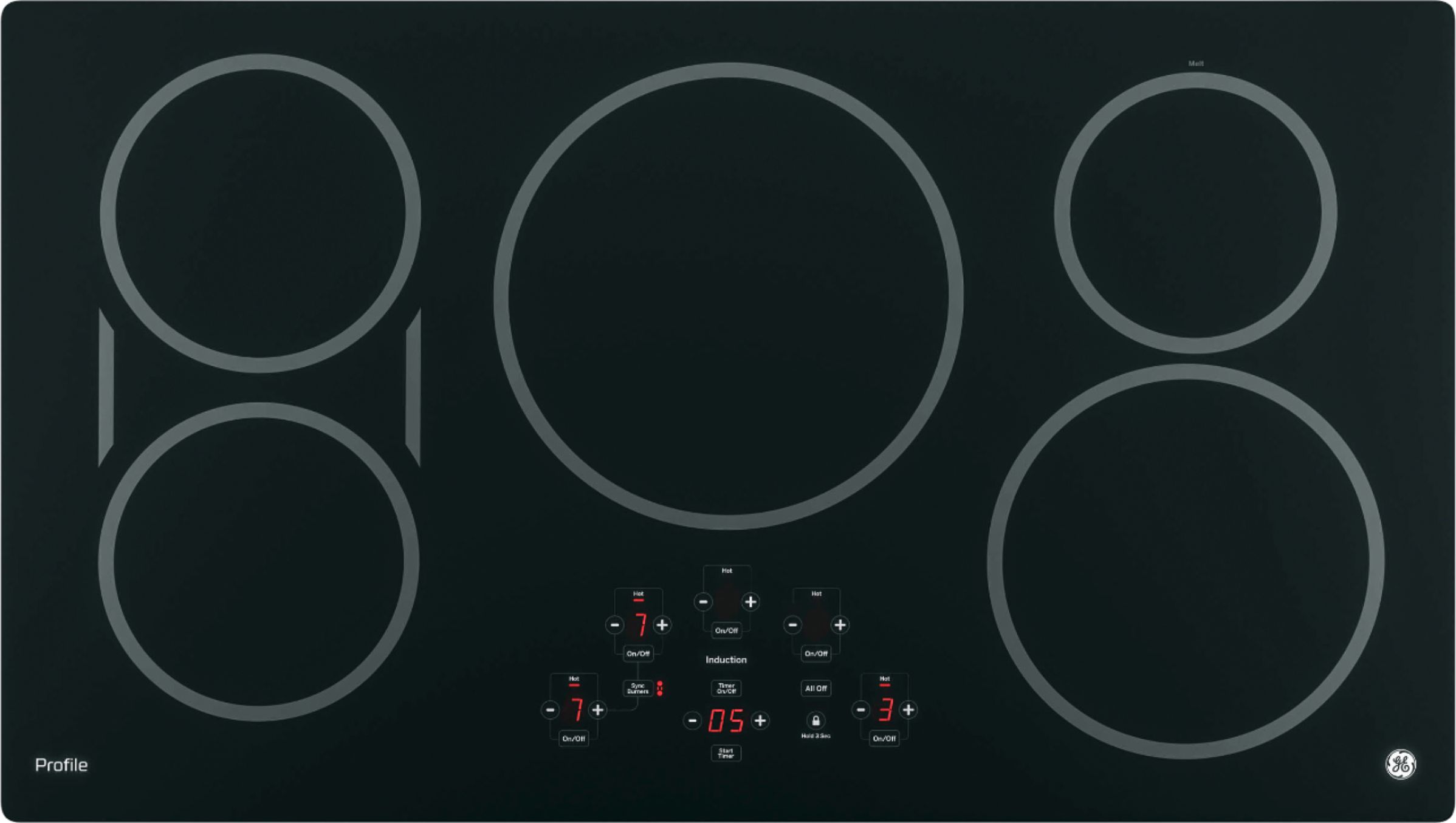
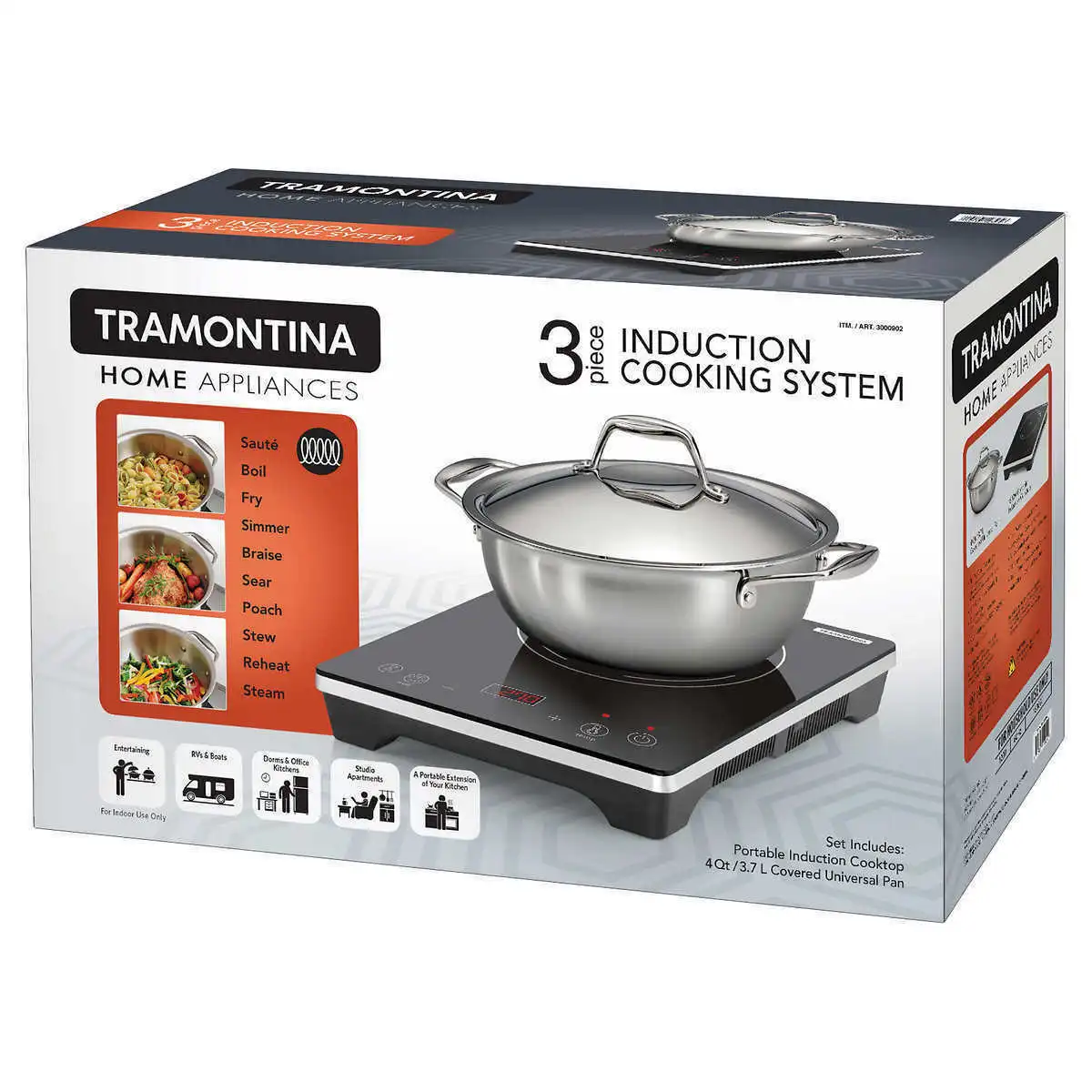
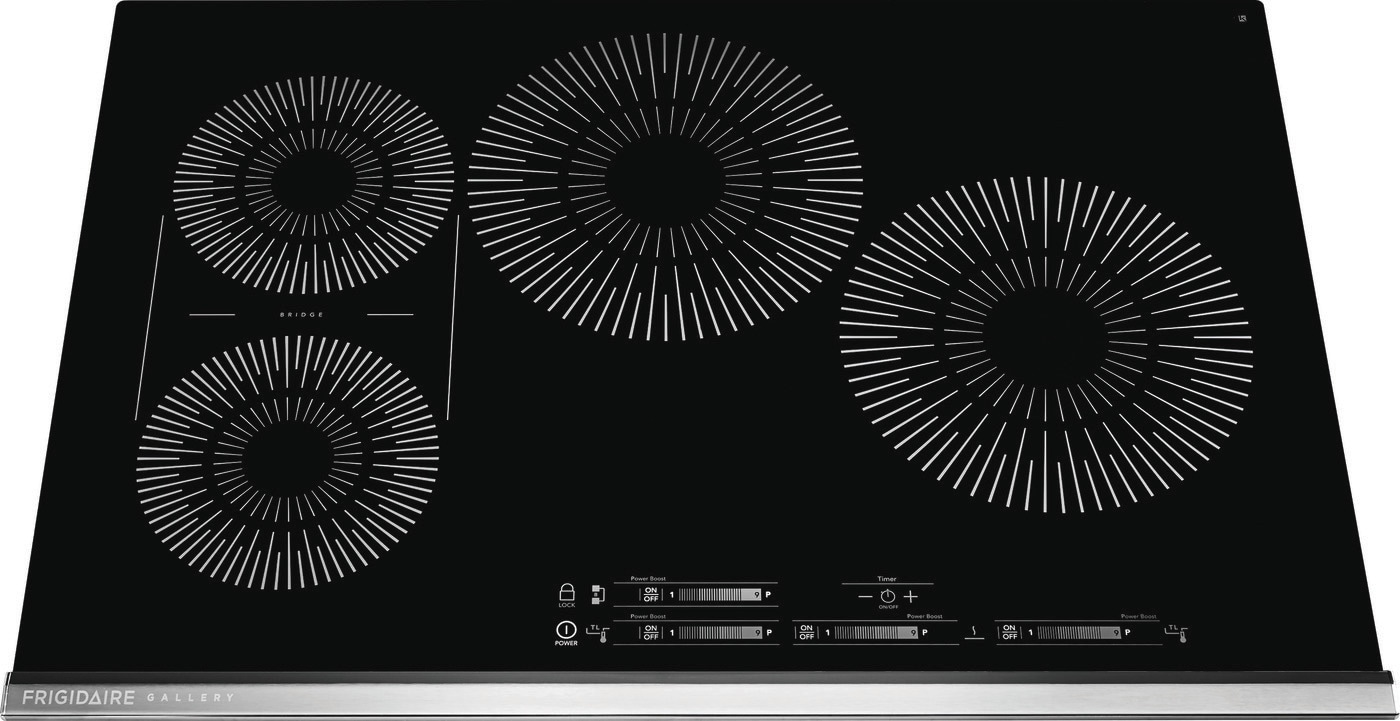
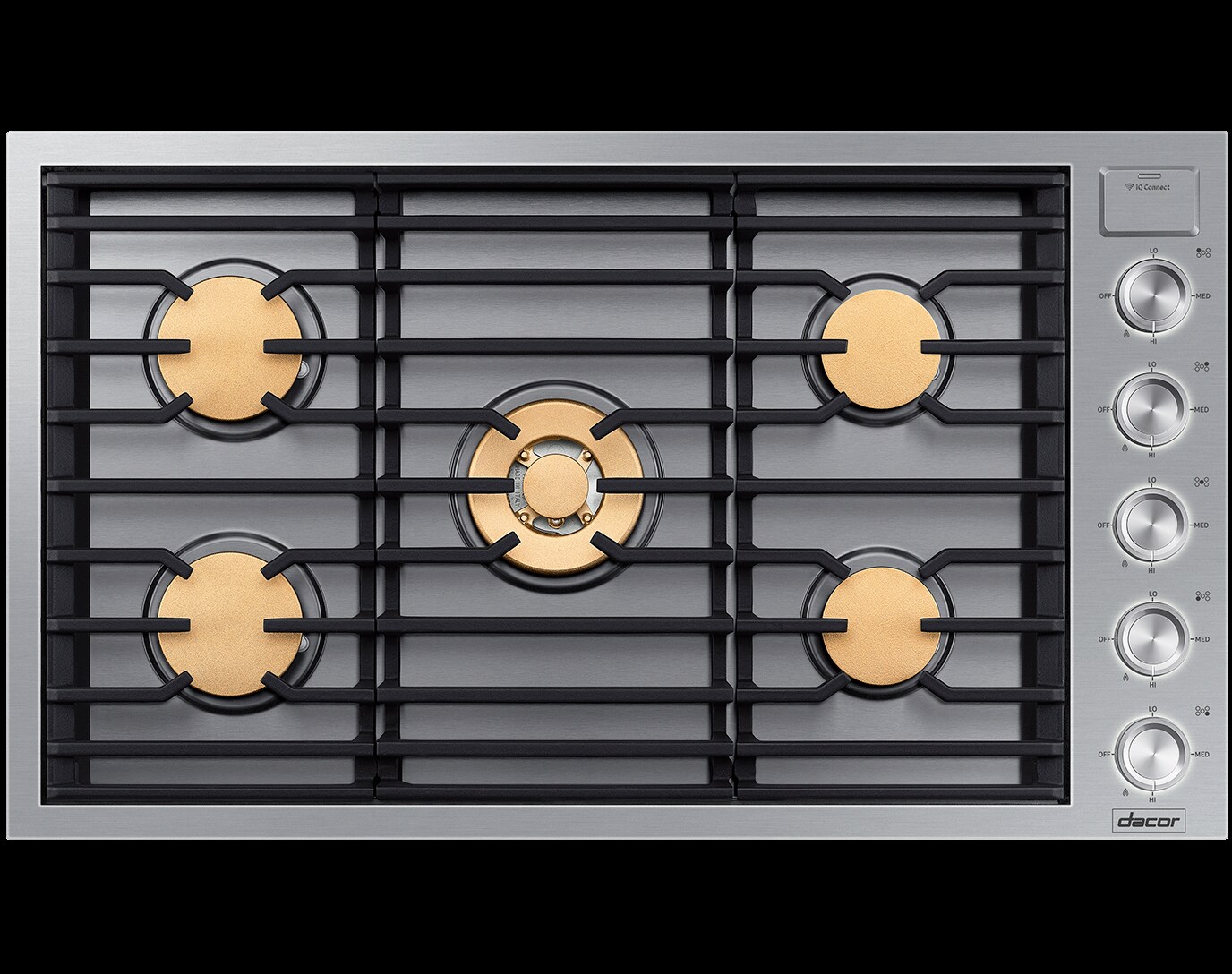
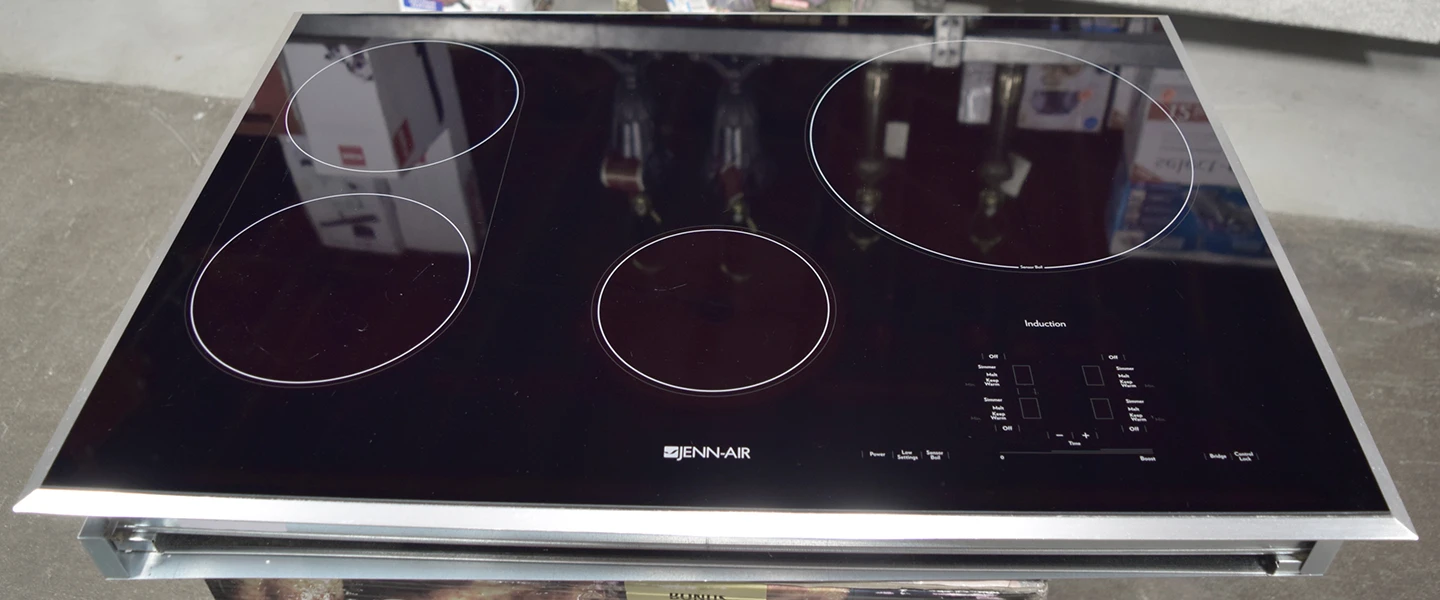
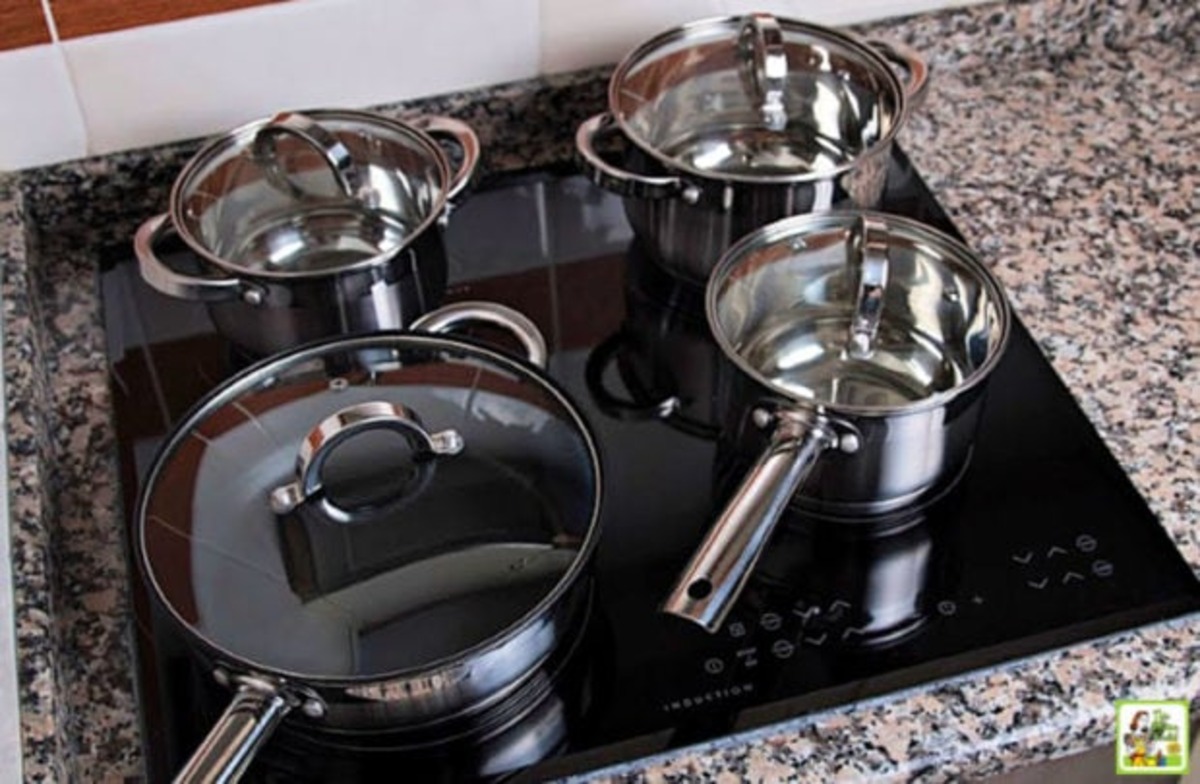
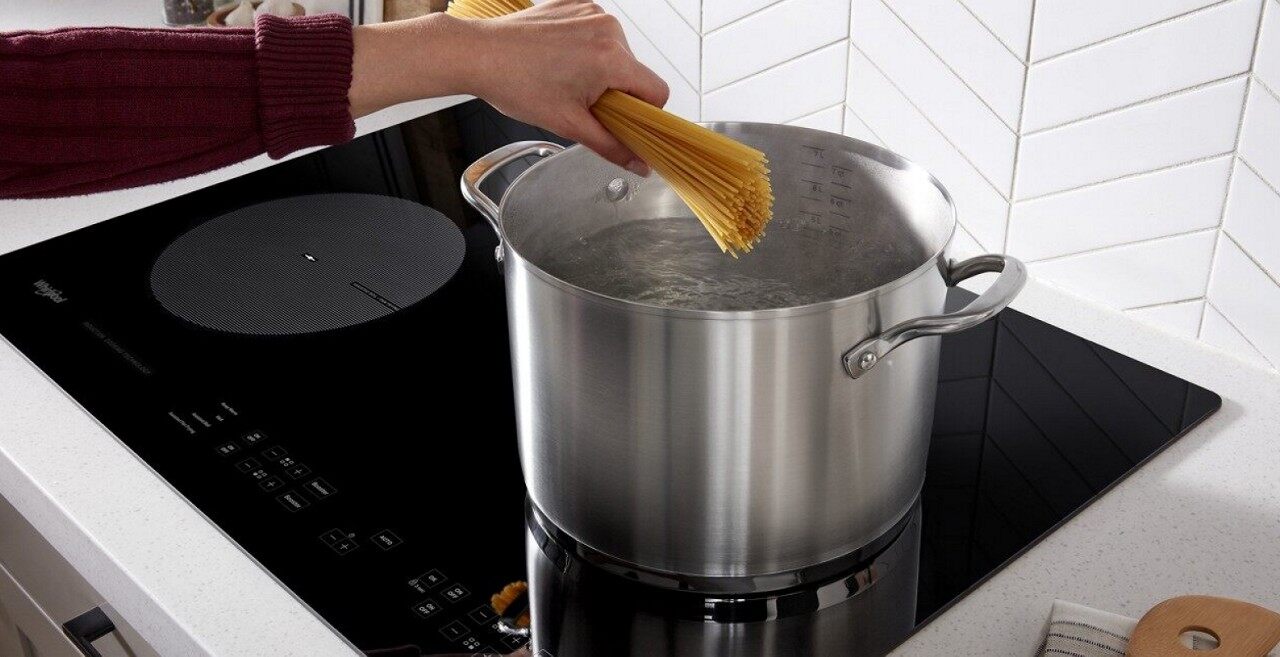
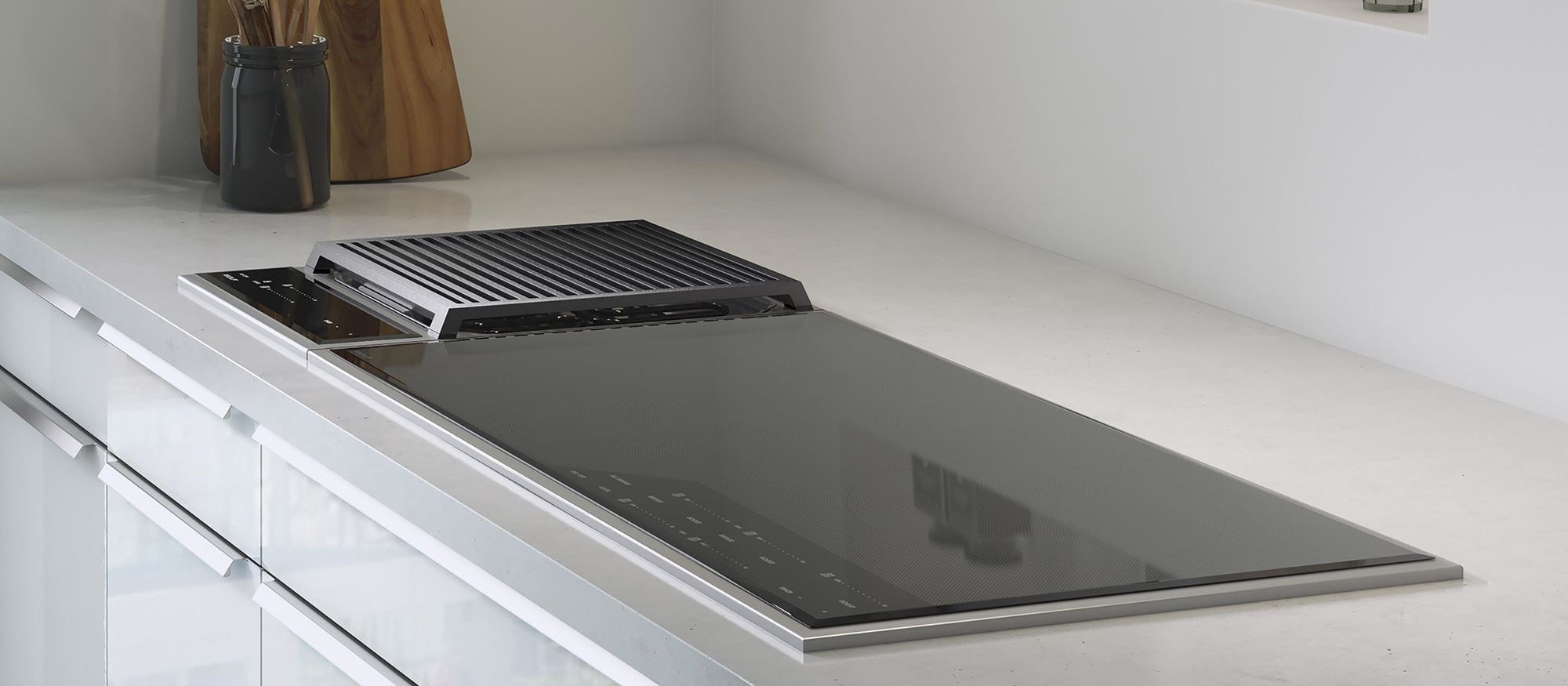
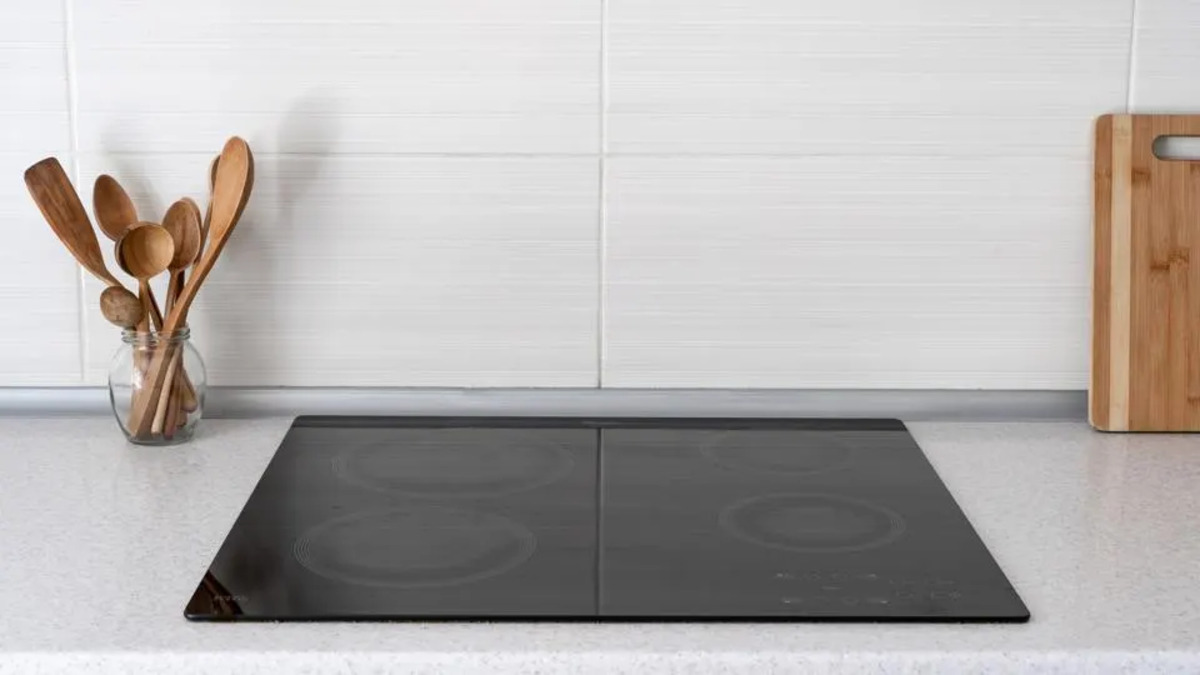
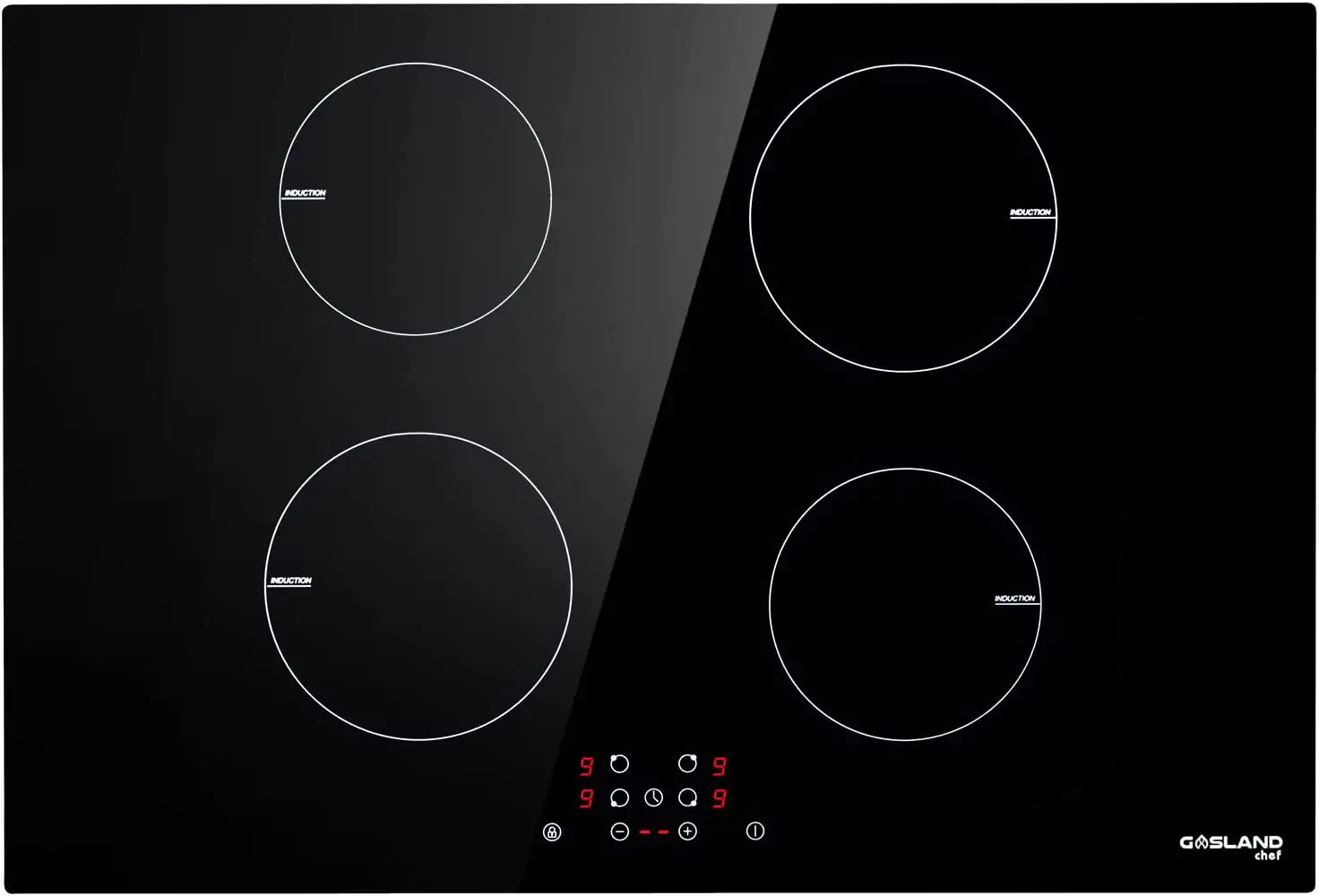
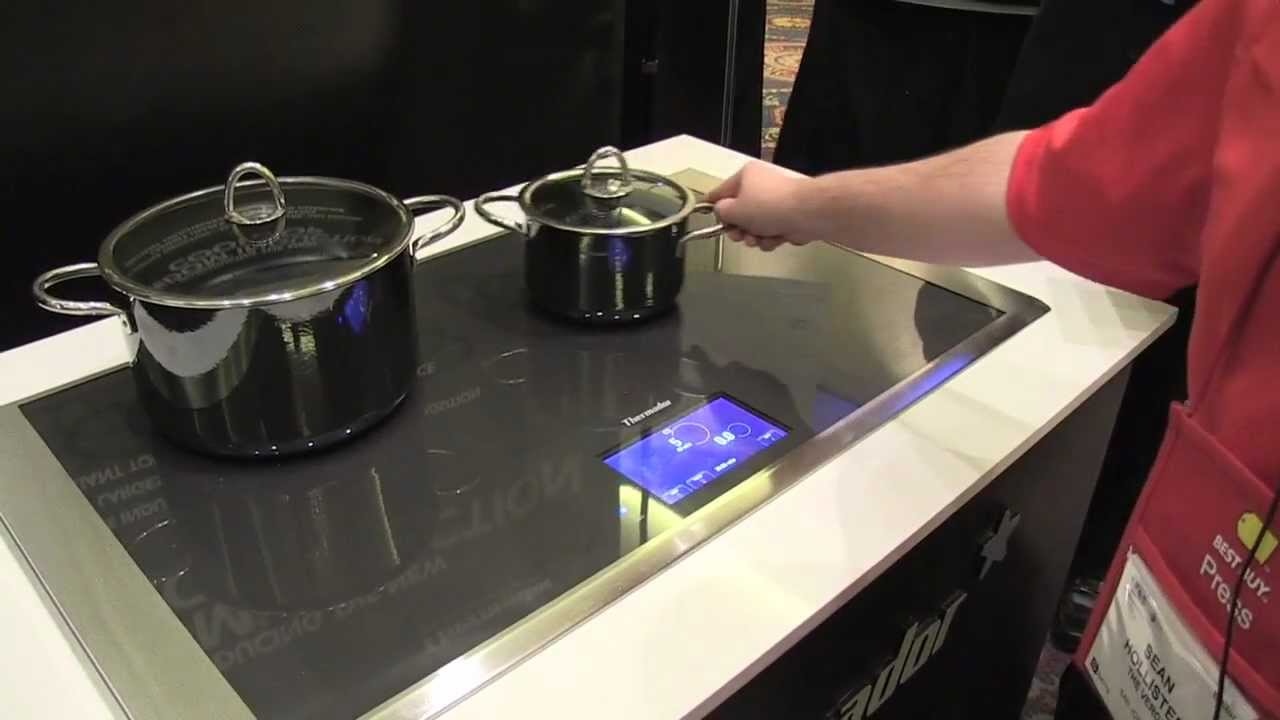
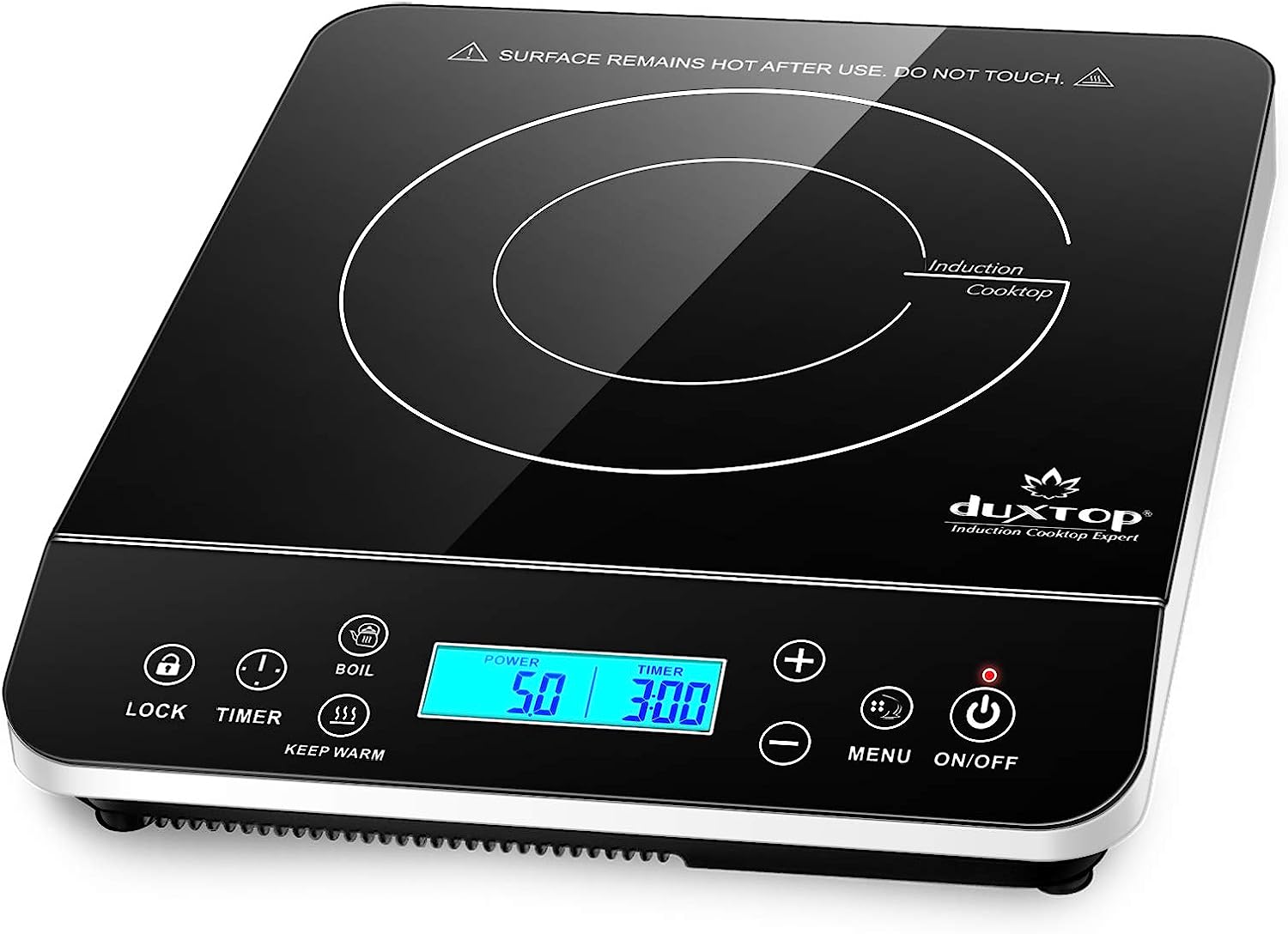
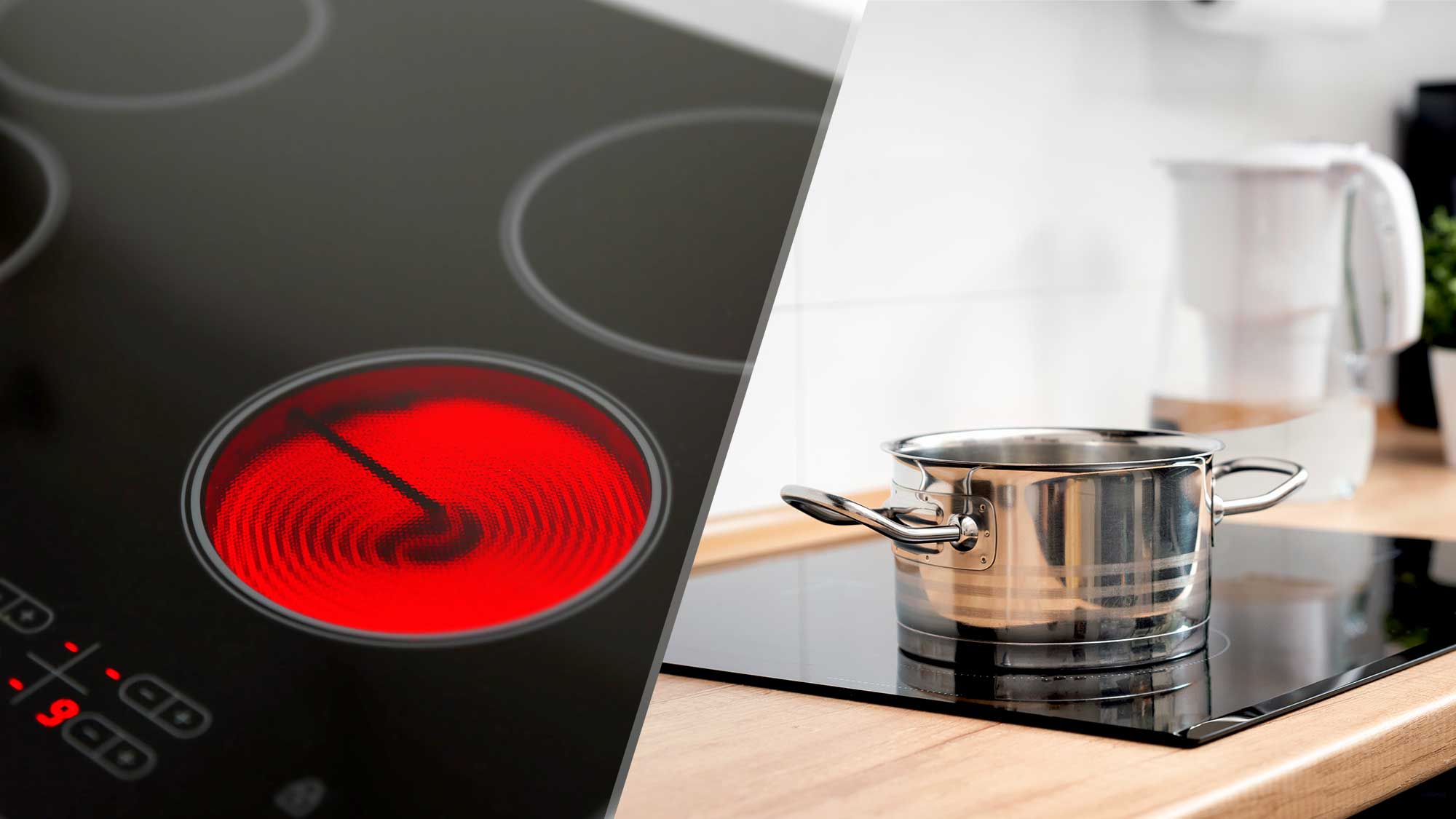

0 thoughts on “How To Use Dacor Induction Cooktop”